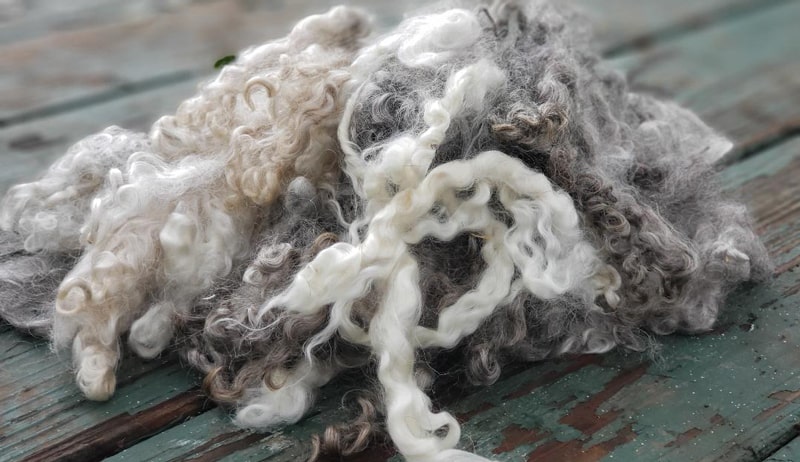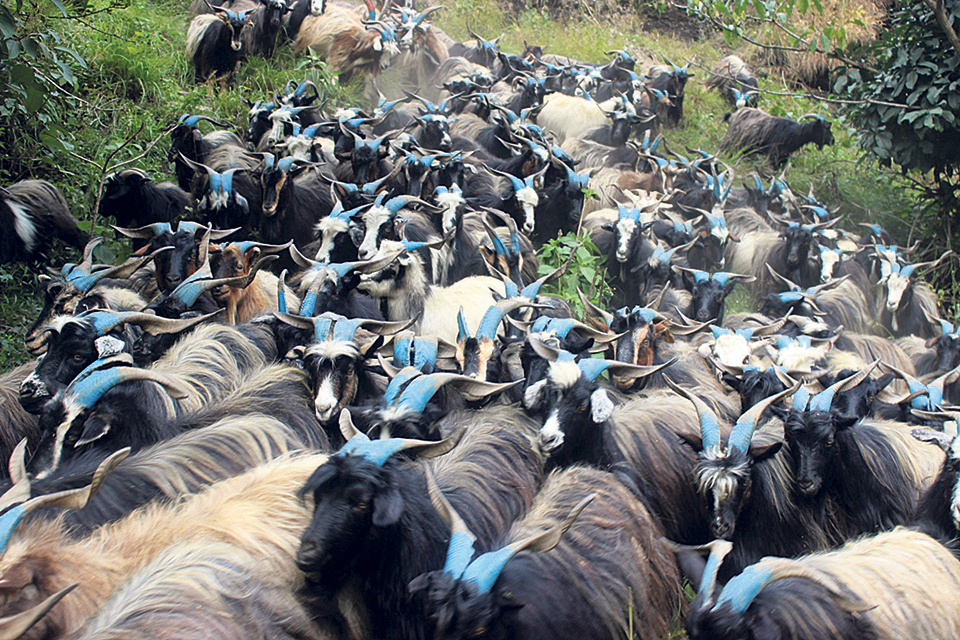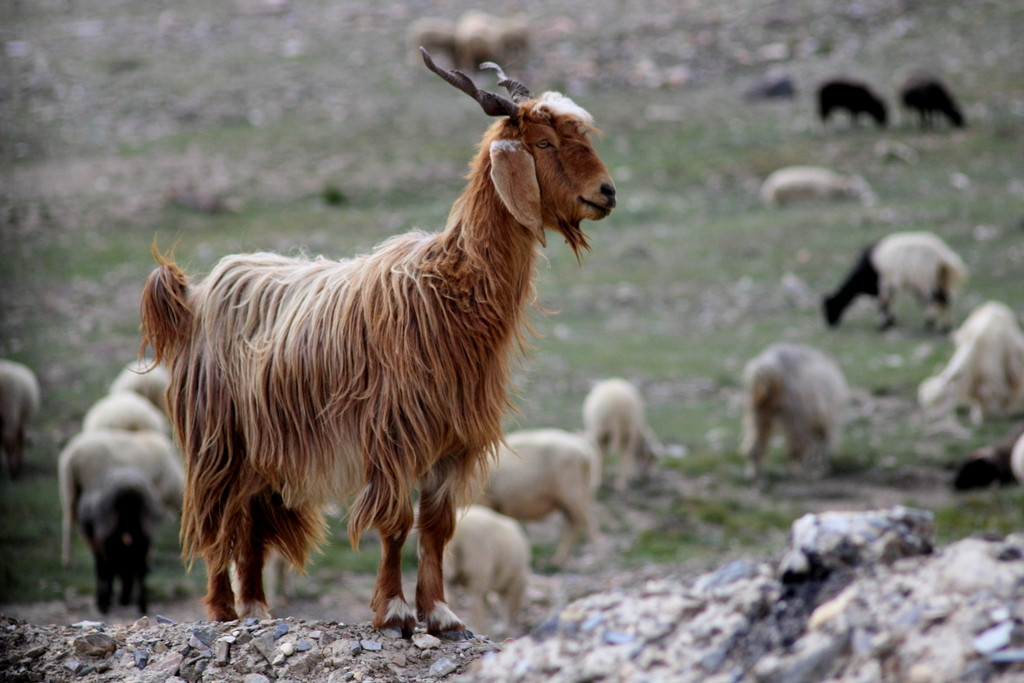
Cashmere from the High Mountains of Nepal
Cashmere, a luxurious and soft fabric, is a favorite among fashion enthusiasts worldwide. In the high mountains of Nepal, where the Chyangra goats, known for their fine undercoat, roam freely, one of the best cashmere fibers in the world is produced. This blog is about the world of cashmere in the high mountains of Nepal, exploring its history, production process, and impact on the local community.
Chyangra Goats of the Himalayas
Chyangra goats are medium-sized animals, with males weighing around 50-70 kg and females weighing around 40-60 kg. Their thick, shaggy coat, brown or gray in color helps to protect them from the harsh cold and windy mountain climate. Chyangra goats are herbivores and selective grazers, and their diet consists mainly of grasses and shrubs that grow in the high-altitude regions of Nepal, Tibet, and Mongolia. They are specially adapted to find nutritious food in regions with sparse vegetation. As the winter begins, these goats start shedding naturally and the process is called Molting. Molting helps them to be prepared for the changing season. These goats have guard hairs and fluffy downy undercoats. Guard hairs are used for making rugs whereas downcoats are processed to make into cashmere fibers. As the whole process is sustainable and done to remove excessive wool of Chyangras, this luxurious fiber is a high-end product in the market. The fibers are shed during the molting process, and they are collected by hand from the goats. The collection process is a delicate one, as the goats are not shaved or combed, but rather, the undercoat is gently plucked by hand.
History of Cashmere production in Nepal

Let’s begin with how it all started… In the 13th century, the people of the Himalayas, Tibet, and Mongolia used the wool from goats to make clothes for the winter season. The Chyangras were also reared from milk and meat products. These goats were the center point of survival during that period. The fabric made from cashmere is also mentioned to be worn on ‘Mahabharata’, an epic war that took place in Kurukshetra.
In the 19th century, a British company discovered the amazing fibers of Cashmere, and they started fiber import from Kashmir. The trend shifted and reached Nepal’s high mountains in the late 19th century. Since then, the world has regarded Chyangra Cashmere as one of the best fabrics for a variety of products such as scarves, hats, and sweaters.
Traditional Production Process
The production process of cashmere from Nepal is a labor-intensive and time-consuming affair compared to other clothing fiber production. The Chyangra goats are reared in the high mountains of Nepal, where they graze on the lush vegetation. The goats’ undercoat, which is shed once a year, is collected between mid-March to early May. The collection process is a delicate one, as the goats are not shaved or combed, but rather, the undercoat is gently plucked by hand. The plucked cashmere is then cleaned and sorted by hand, with the finest fibers being separated from the coarser ones. The fibers are combed and aligned in the same direction. This process helps to remove any impurities and ensures that the fibers are evenly distributed. The carded cashmere is then spun into yarn, which is then woven into fabric. The weaving process is a traditional one, with the weavers using handlooms to create intricate designs and patterns. The fiber is now ready to be converted into products. The fiber is subjected to washing, drying, ironed, dyeing, or stretching as per requirement.
What impacts does Cashmere have in mountain communities?

Employment and improved standard of living are the two best impacts these luxury fiber production have on mountain communities. The industry employs thousands of people, from the goat herders to the weavers and spinners. The goat herders, who are mostly women, are responsible for rearing the Chyangra goats and collecting the cashmere. They are paid a fair price for their cashmere, which helps to improve their economic status. Collaboration of weavers, spinners, and skilled artisans create intricate designs and patterns. The industry in return provides them with a steady source of income, which helps to improve their standard of living. The cashmere industry has also led to the development of small-scale enterprises, such as spinning mills and weaving centers, which provide employment opportunities to the local people.
Conclusion
Cashmere from the high mountains of Nepal is a luxurious and sustainable product, which is not only soft and warm but also has a rich history and cultural significance. Though the production process is difficult, the industry has increased employment and developed small-scale enterprises in the mountain communities. As consumers, we have a responsibility to support sustainable and responsible fashion, and cashmere from Nepal is a perfect example of such a product. By choosing cashmere from Nepal, we are not only supporting the local community but also promoting sustainable and responsible fashion.



